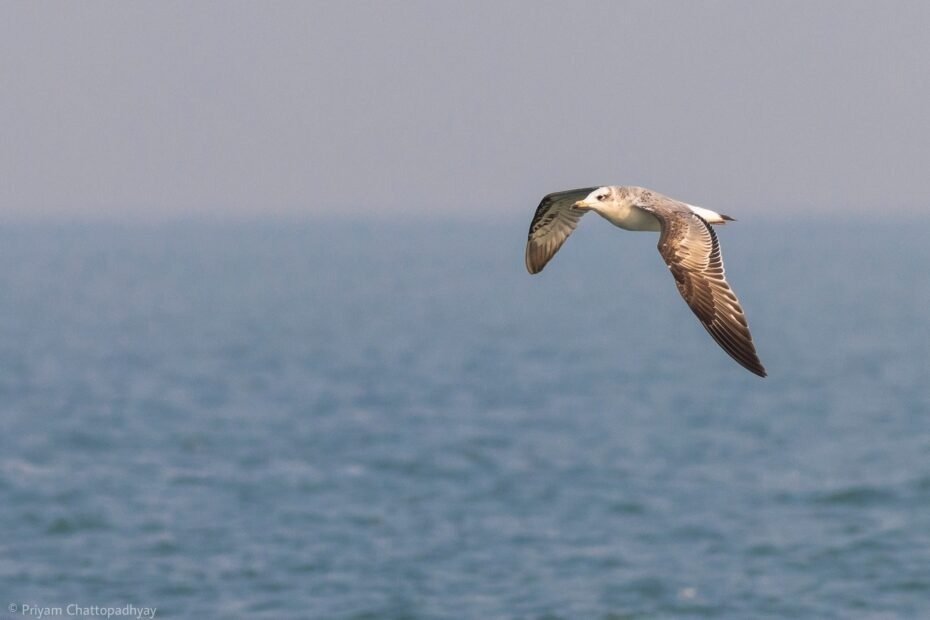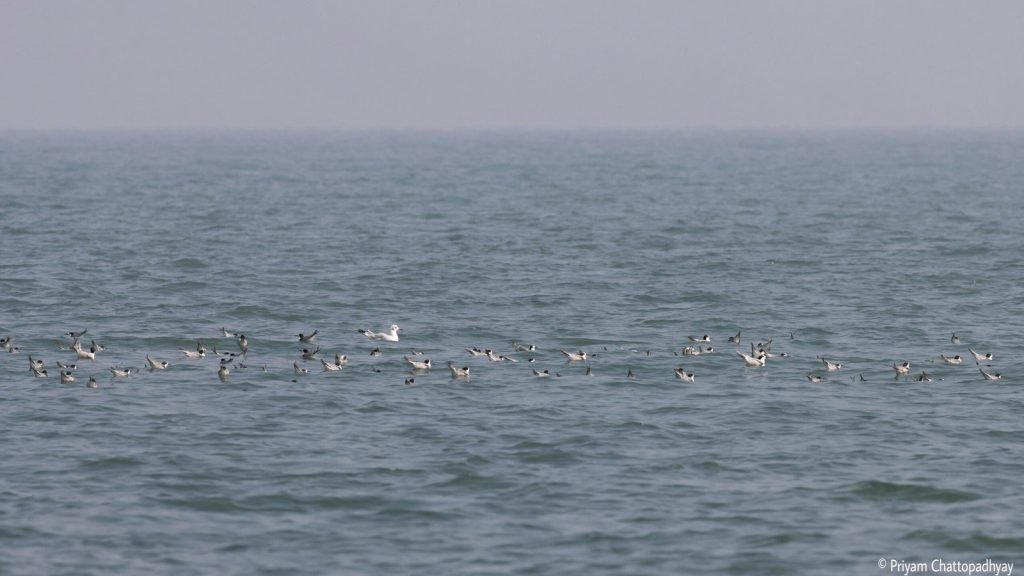Tracking the migration of species is a fascinating experience and this gets even more exciting when it involves those that literally travel across the globe. With advancements in space-based tracking technology incredible feats of migrating birds are now beginning to be revealed. And one such is the story of Amur Falcon Falco amurensis from Northeast India.
Amur Falcon a small bird of prey, predominantly insectivorous is an autumn passage migrant to northeast India. This was one of the least talked about species until November 2012 when all that changed following reports of a massive large-scale harvest of the falcons, numbering in thousands for consumption at a remote locality in Nagaland. This led to a series of conservation actions there and one such was the satellite tracking of the falcons in November 2013. While the primary aim was to create awareness among local people, it was also an opportunity to better understand their migratory movements and identify stop-over sites in the region, and elsewhere. Thus, between 2013 to 2019 a total of 15 Amur Falcons were satellite tagged from across stop-over sites in Nagaland and Manipur. The tracking effort revealed interesting insights into the Falcon’s incredible journeys and this helped bring about a change in the attitude of local people leading to a complete halt in hunting of the falcons. With millions of Amur Falcons gathering at select sites in Northeast India every year on their autumn migration, some of these sites are now famously known as the “Falcon capital of the World”.
Six of the tagged falcons were tracked for at least one full year, documenting their entire trans-hemispheric migration from northeast India to their grassland non-breeding grounds in the African Veldts and to their summer breeding grounds in the Manchurian Steppe, and back. The falcon’s arrival in their breeding grounds coincided with the onset of northern summer and the same in their non-breeding grounds with the austral summer. The abundant food resources becoming available at these sites during summer is what drives the Amur Falcon’s trans-hemispheric journeys. Uniquely, between northeast India and Somalia, the tagged falcons undertake nonstop flights both on the onward and return migration of more than five days covering a distance of 5500 to 6000 km, and a large part of this includes the Arabian Sea crossing of over 3000 km. These nonstop flights are clearly fueled by tailwinds, and tagged falcons were also observed to take benefit of cyclonic storms confirming the movements of the species to be strongly attuned to monsoon tailwinds.
It is now known that the long-distance trans-hemispheric migration of the Amur Falcons encompasses a journey of close to 20,000 km one way and they pass through 23 countries each year. And, we know why they do this. The incredible journeys of the Amur Falcon not only connect different migratory bird flyways, or connect different landscapes but also connect different local communities (people) and their cultures. In northeast India, Amur Falcons now fly free.



